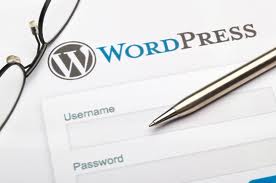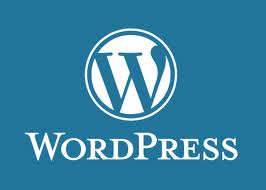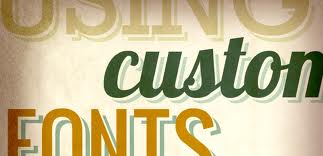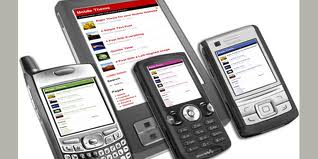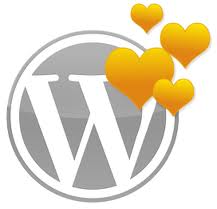There are a few top reasons website designers should use WordPress to create their website or blog, or both! Using WordPress for website design is great since WordPress is a content management system. The top reasons website designers should use WordPress are explained throughout this article. Keep reading to learn more!
If you are a web designer, or even if you are new to website construction but want to learn more about becoming a website designer, you should check out WordPress for an easy-to-use website design solution. WordPress works as a content management system and works in conjunction with tons of web hosting companies out there as well as easily and free by itself! WordPress is no longer just a platform for blogging anymore. There are tons of reasons website designers might want to consider using WordPress to build a fantastic website for any purpose including online businesses, individual blogs, blogs for organizations, causes and so much more! Keep reading to learn all of the top reasons website designers should use WordPress to build a quality website.
Top Reasons Website Designers Should Use WordPress:
To start, one of the top reasons anyone should consider using WordPress for their website design is because it is cheap, if not free. To download and install WordPress is free. If you are planning on hosting a website through an actual web hosting company to allow for higher web traffic, more download capabilities, more upload capabilities and so much more, you can choose a web host that is compatible with WordPress but still download WordPress and use it to manage your website content, pictures, videos and more. If you do choose to get a web hosting account and then download WordPress to manage your site, you can do this for just a couple bucks a month, which for many web designers is worth the cheap monthly cost!
Another one of the top reasons website designers should use WordPress include the fact that WordPress is so easy to use. The best part about being one of those new-to-web designers is that you can use the awesome tools and tricks WordPress has to offer like plugins, widgets and awesome themes to get started. If you are not quite a professional computer programmer, WordPress makes it easy for bloggers and website designers to build a quality website without having to be an online design expert. Another great part about WordPress being easy is that it will make it easy for your website followers to navigate and find their way around your website. This is a win-win situation for everyone involved!
WordPress also started out search engine optimized, which means you can simply use handy WordPress tools like the all-in-one SEO pack and be on the road to high search engine rankings in no time! This is a great way to get found by customers online or just regular followers that might be interested in the information you have to showcase on your WordPress blog or website.
Next, you can use the versatility that WordPress has to offer. You can start building your website from scratch or you can use the handy themes and other features that make WordPress so easy for just about anyone to use. WordPress is also easy to integrate with social networking sites like Facebook and Twitter. You can get followers from both of those locations in no time! This means building your site, which means more attention to your website and a possible increase in profits.
Lastly, there is a huge WordPress community out there on the Internet. Don’t forget that WordPress is one of the most visited types of websites on the web. This is a great opportunity for you to build a quality website and show off your online store, business, enterprise, organization or simply just your life to everyone you know and more! Take advantage of all that WordPress has to offer and get started with WordPress or WordPress web hosting today!
